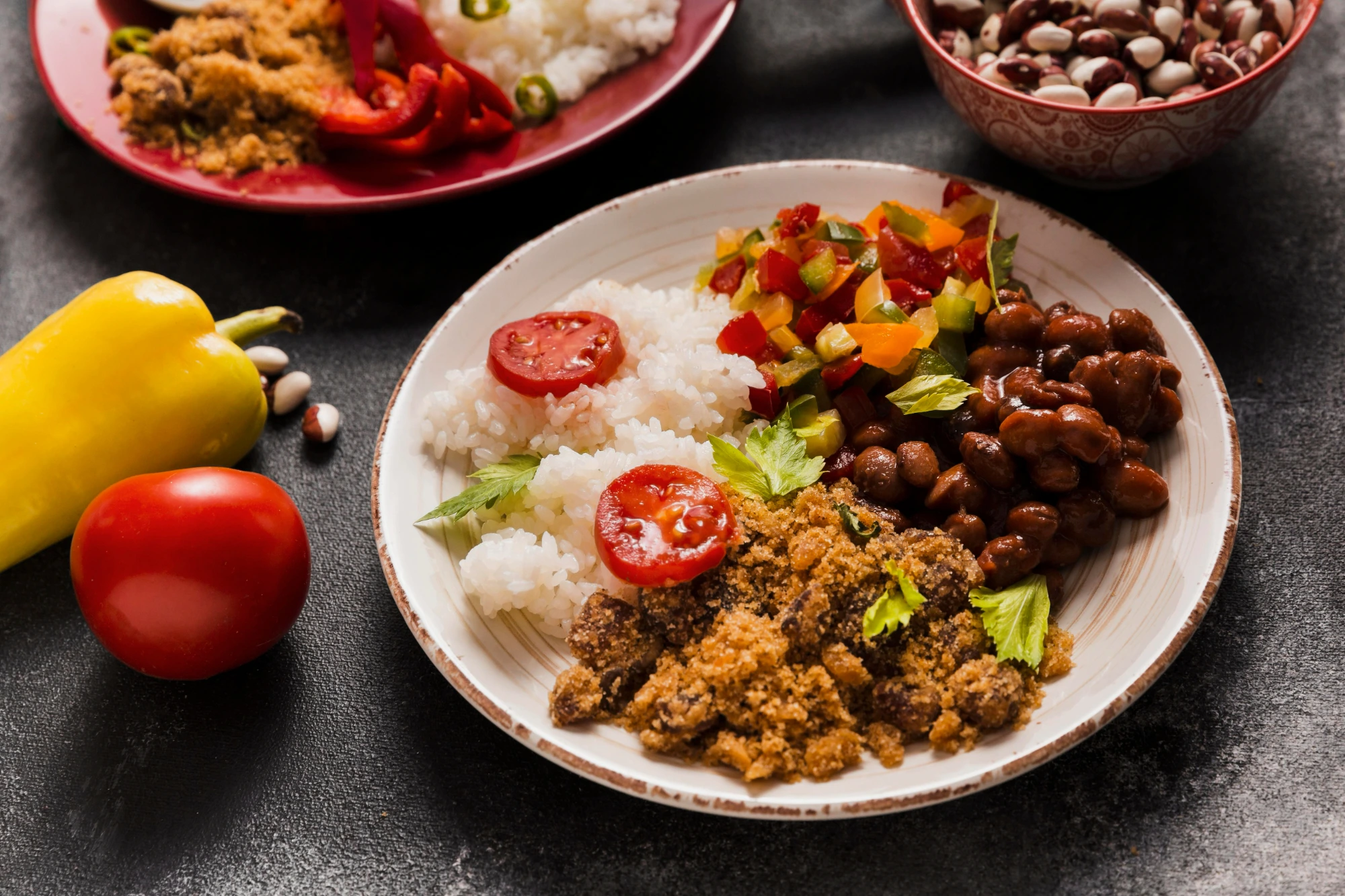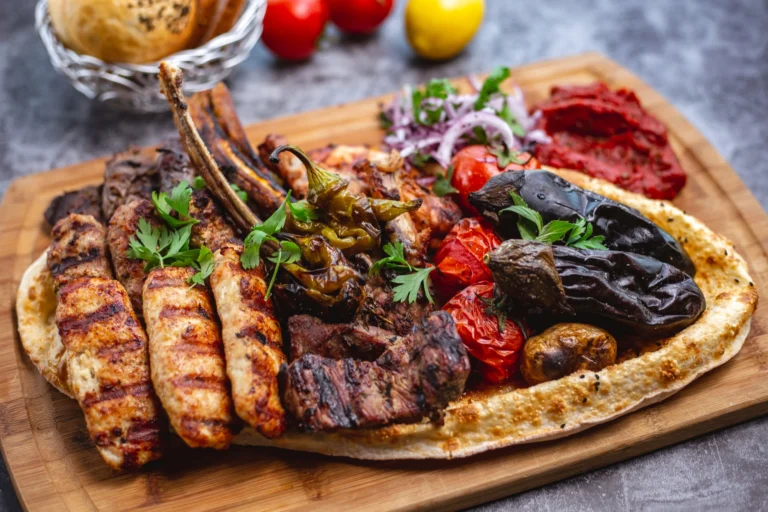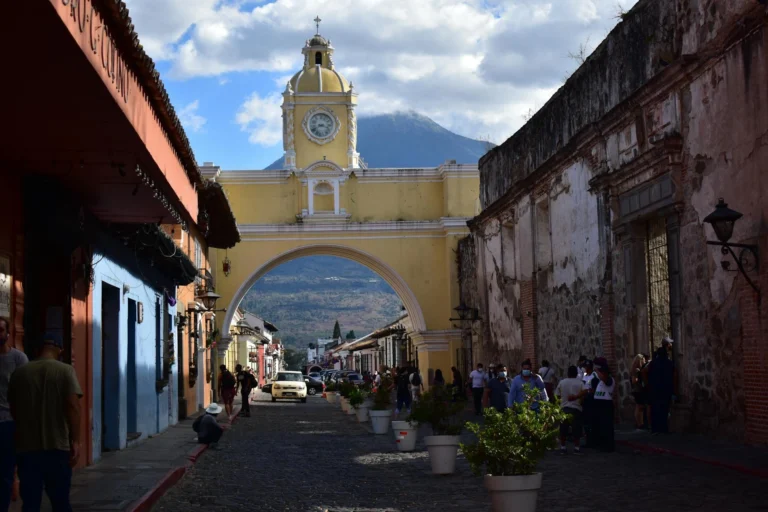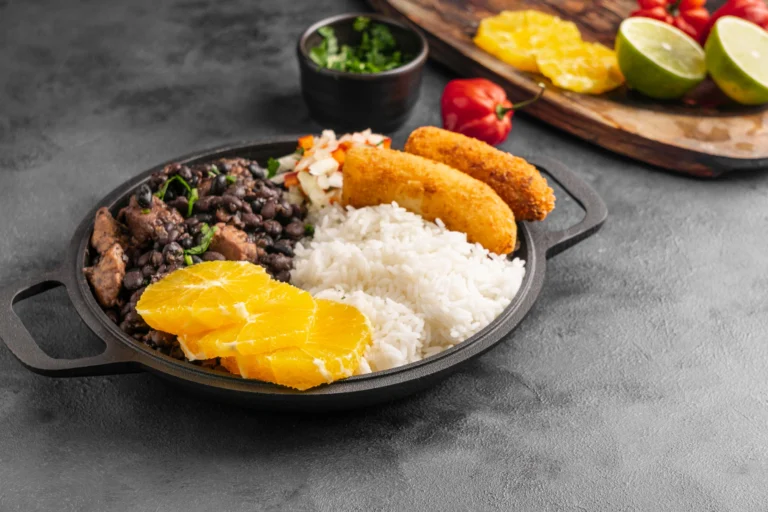Dominican Dishes: Your Ultimate Guide to Traditional Dominican Republic Food
As someone who’s spent countless hours exploring the vibrant world of Caribbean cuisine, I can tell you that Dominican dishes hold a special place in my heart. The Dominican Republic’s national dish and its rich culinary heritage tell a story of cultural fusion, family traditions, and incredible flavors that have been perfected over generations. Today, I’m taking you on a mouthwatering journey through the best Dominican food you’ll ever encounter.
The Heart of Dominican Foods: A Cultural Symphony
When I first stepped into a Dominican kitchen, I was immediately struck by the aromatic blend of spices and the sizzling sounds of plantains hitting hot oil. Dominican Republic traditional food is more than just sustenance – it’s a celebration of life itself. Each dish tells a story of indigenous Taíno culture, Spanish colonization, and African influences that have melded together over centuries.
The magic of Dominican cuisine lies in its ability to transform simple ingredients into extraordinary meals. Every Dominican household has its own secret recipes and cooking techniques passed down through generations. What makes Dominican foods truly special is the emphasis on fresh, local ingredients and the patient, loving preparation that goes into each dish.
Common Ingredients in Dominican Cuisine
Before we dive into specific dishes, let’s explore the foundational ingredients that make Dominican Republic food so distinctive:
- Plantains (both green and ripe)
- Rice (the backbone of many meals)
- Beans (red, black, and white varieties)
- Root vegetables (yuca, ñame, yautía)
- Fresh herbs (cilantro, oregano, thyme)
- Garlic and onions
- Sofrito (a flavor base made with herbs and aromatics)
- Various meats (chicken, pork, beef, goat)
Sancocho: The Crown Jewel of Dominican Cuisine
If there’s one dish that represents the soul of Dominican cooking, it’s Sancocho. This hearty stew is considered by many to be the Dominican Republic’s national dish, and for good reason. When I first learned to make Sancocho from my Dominican neighbor, I discovered it’s not just about throwing ingredients together – it’s an art form.
Traditional Sancocho includes:
- Various meats (usually chicken, beef, and pork)
- Root vegetables like yuca and ñame
- Green plantains
- Corn
- Fresh herbs and spices
The secret to perfect Sancocho lies in the slow cooking process, which can take several hours. Each ingredient is added at precisely the right moment to ensure proper texture and flavor development. The result is a rich, complex stew that’s often served during special occasions and family gatherings.
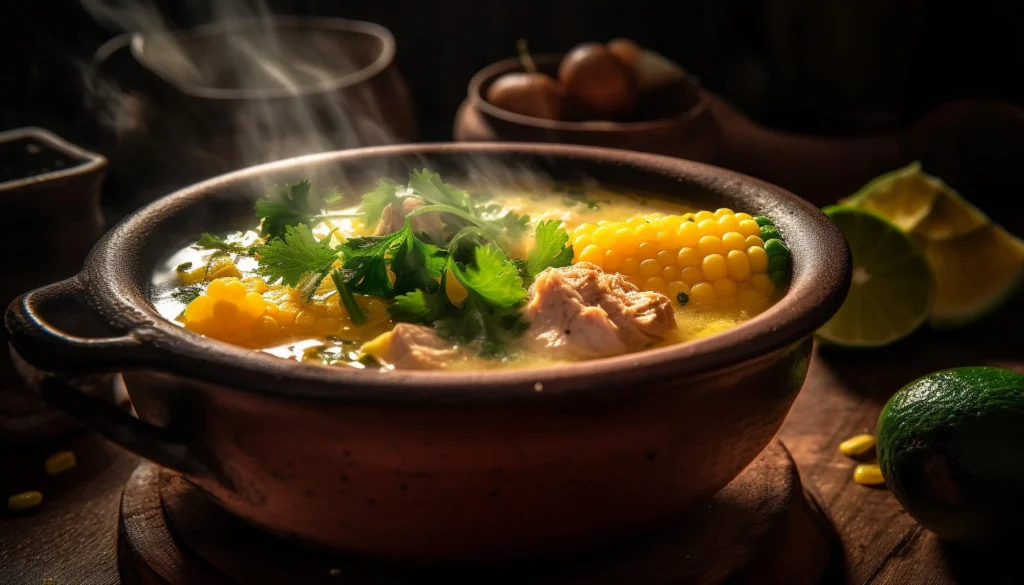
Essential Dominican Republic Food Staples
La Bandera Dominicana (The Dominican Flag)
The everyday Dominican lunch, known as “La Bandera,” consists of:
- White rice (perfectly cooked and fluffy)
- Red beans (stewed with herbs and spices)
- Meat (often chicken or beef)
- Fresh salad
- Sweet fried plantains (maduros)
This combination represents the colors of the Dominican flag and forms the backbone of daily Dominican dishes. The preparation of La Bandera is an art in itself:
Rice Preparation:
- Washing the rice thoroughly
- Using the correct water-to-rice ratio
- Adding the right amount of salt and oil
- Achieving the perfect texture
Bean Preparation:
- Soaking beans overnight
- Creating a flavorful sofrito base
- Slow-cooking until creamy
- Seasoning to perfection
Mofongo: A Plantain Paradise
One of the best Dominican food experiences you’ll ever have is trying Mofongo. This dish showcases the versatility of plantains in Dominican cuisine. Made by mashing fried green plantains with garlic, olive oil, and pork cracklings (chicharrones), it’s a testament to the African influence in Dominican cooking.
The perfect Mofongo requires:
- Green plantains at just the right ripeness
- Proper frying technique
- Skillful mashing with a pilón (wooden mortar and pestle)
- The right proportion of garlic and seasonings
- Fresh chicharrones
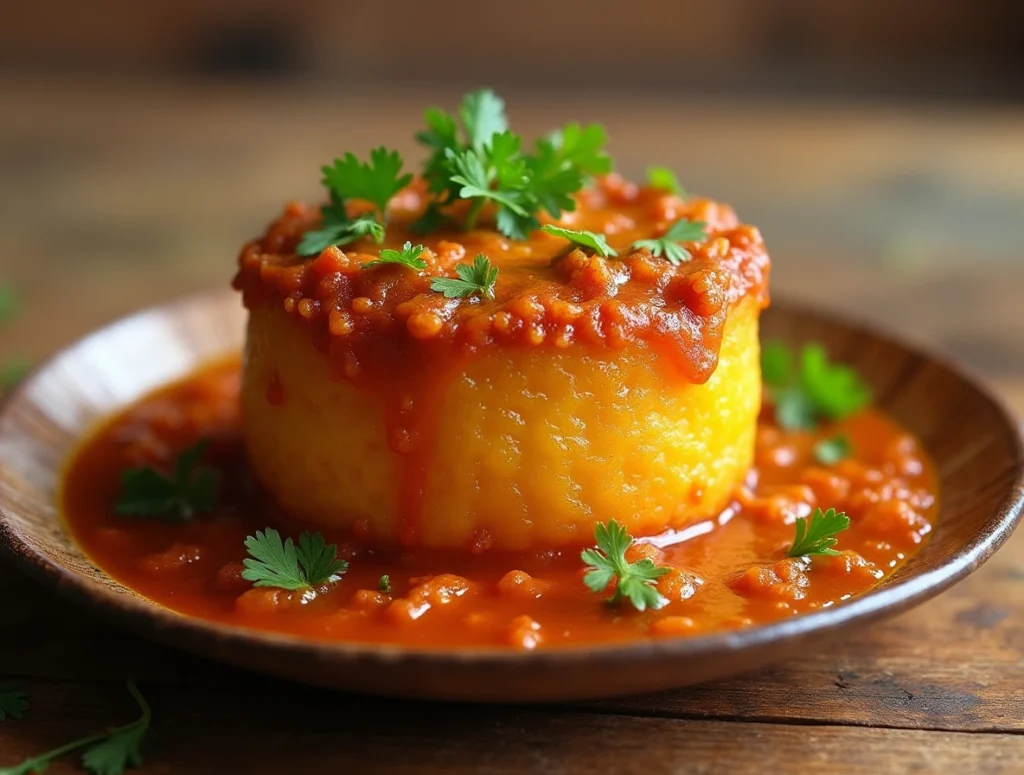
Regional Specialties That Define Dominican Foods
Coastal Delights
The coastal regions offer incredible seafood dishes like:
- Pescado Frito (Fried Fish)
- Usually served whole with tostones
- Seasoned with lime and Dominican spices
- Often accompanied by coconut rice
- Asopao de Camarones (Shrimp and Rice Stew)
- A comforting soup-like dish
- Rich in seafood flavors
- Perfect for rainy days
- Lambí Guisado (Conch Stew)
- A delicacy in coastal areas
- Slow-cooked until tender
- Served with rice or root vegetables
Mountain Favorites
In the country’s interior, you’ll find heartier Dominican dishes like:
- Chivo Guisado (Goat Stew)
- Marinated in bitter oranges
- Slow-cooked until tender
- Rich in spices and herbs
- Locrio de Longaniza (Rice with Dominican Sausage)
- A one-pot rice dish
- Flavored with local sausage
- Enhanced with sofrito and spices
- Chen Chen (Corn-based dish)
- Traditional to certain regions
- Made with cornmeal and milk
- Often served as a side dish
Street Food Culture in Dominican Republic
No discussion of Dominican dishes would be complete without mentioning street food. The vibrant street food scene offers:
Chimis (Dominican Burgers):
- Seasoned meat patties
- Special sauce
- Shredded cabbage
- Served on pan de agua
Yaroa:
- French fries or plantains
- Seasoned meat
- Melted cheese
- Special sauce
Pica Pollo:
- Dominican-style fried chicken
- Unique seasoning blend
- Served with tostones
The Sweet Side of Dominican Republic Traditional Food
Dominican desserts reflect the country’s love for sweet flavors and creative use of local ingredients. Must-try sweets include:
Habichuelas con Dulce:
- Sweet cream of beans
- Coconut milk
- Sweet spices
- Sweet potato chunks
- Milk cookies
Traditional Desserts:
- Dulce de Leche (milk-based candy)
- Majarete (corn pudding)
- Arroz con Leche (rice pudding)
- Dulce de Coco (coconut candy)
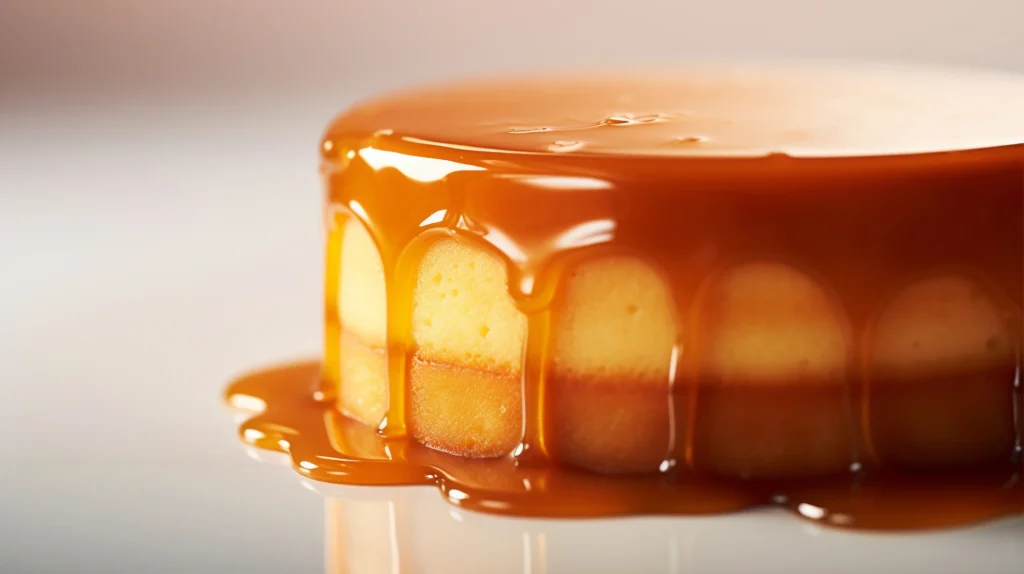
Modern Twists on Classic Dominican Dishes
While traditional recipes remain the foundation of Dominican cuisine, modern chefs are reimagining classic dishes with contemporary techniques. I’ve seen innovative takes on:
- Deconstructed Mangú
- Fusion Mofongo Bowls
- Vegan versions of classic Dominican foods
- Modern presentations of traditional dishes
- Health-conscious adaptations
Health Benefits of Dominican Republic Food
Many traditional Dominican dishes offer surprising health benefits:
- Plantains are rich in potassium and fiber
- Bean-based dishes provide excellent protein and minerals
- Fresh tropical fruits offer abundant vitamins and antioxidants
- Seafood dishes deliver essential omega-3 fatty acids
- Root vegetables provide complex carbohydrates
- Fresh herbs offer antioxidant properties
Tips for Cooking Dominican Dishes at Home
After years of practicing Dominican cooking, here are my top tips:
- Essential Equipment:
- Good quality caldero (pot)
- Wooden mortar and pestle
- Sharp knife for root vegetables
- Heavy-bottom frying pan
- Ingredient Selection:
- Choose firm, green plantains for tostones
- Select ripe plantains for maduros
- Use fresh herbs whenever possible
- Choose high-quality rice
- Cooking Techniques:
- Master the art of proper rice cooking
- Learn to make a good sofrito
- Perfect your bean-cooking technique
- Understand plantain ripeness levels
Where to Find the Best Dominican Food
Whether you’re in the Dominican Republic or abroad, here’s how to find authentic Dominican cuisine:
In the Dominican Republic:
- Local comedores (small restaurants)
- Beach-side seafood shacks
- Mountain region restaurants
- Food markets and street vendors
Abroad:
- Dominican neighborhoods
- Family-owned restaurants
- Food festivals
- Cultural events
Seasonal Considerations in Dominican Cuisine
Different seasons bring various traditional dishes:
Christmas Season:
- Pasteles en Hoja
- Telera (Christmas bread)
- Roasted pork
- Special ponche
Summer Specialties:
- Fresh fruit drinks
- Light seafood dishes
- Cold soups
- Tropical desserts
Frequently Asked Questions About Dominican Dishes
What are traditional Dominican dishes?
Traditional Dominican dishes encompass a wide variety of flavorful meals, with some of the most iconic being:
- La Bandera Dominicana (rice, beans, and meat)
- Sancocho (hearty meat and vegetable stew)
- Mangú (mashed green plantains)
- Mofongo (fried plantains mashed with garlic and chicharrones)
- Pasteles en Hoja (plantain and root vegetable pockets)
- Tostones (fried green plantains)
- Habichuelas Guisadas (stewed beans)
- Pollo Guisado (braised chicken)
What is Sancocho, and how is it prepared?
Sancocho is the Dominican Republic’s national dish – a hearty stew that combines various meats with root vegetables. Here’s how it’s prepared:
- Meats (chicken, beef, and pork) are marinated with herbs and spices
- Root vegetables (yuca, ñame, and green plantains) are peeled and cut
- Ingredients are added to the pot in stages, starting with the meats
- The stew simmers for several hours until all components are tender
- It’s typically served with white rice, avocado, and hot sauce
What ingredients are commonly used in Dominican cuisine?
Common ingredients in Dominican cooking include:
- Starches: rice, plantains, yuca, sweet potatoes
- Proteins: chicken, pork, beef, fish, beans
- Vegetables: tomatoes, bell peppers, onions, garlic
- Herbs & Spices: cilantro, oregano, thyme, adobo, sazón
- Fruits: avocados, mangoes, passion fruit
- Cooking bases: sofrito, achiote oil
How does Dominican food differ from other Caribbean cuisines?
Dominican food stands out from other Caribbean cuisines in several ways:
- Less spicy than Jamaican or Haitian cuisine
- Greater emphasis on root vegetables compared to Cuban food
- More use of plantains than Puerto Rican cuisine
- Unique preparation methods for similar dishes
- Distinct seasoning combinations and cooking techniques
Are there vegetarian options in Dominican cuisine?
Yes, while traditional Dominican cuisine is meat-heavy, there are several vegetarian options:
- La Bandera without meat (rice, beans, and vegetables)
- Mangú with sautéed onions
- Moro de guandules (rice with pigeon peas)
- Vegetable pastelón
- Berenjena guisada (stewed eggplant)
- Various tropical fruit dishes
What is the significance of rice in Dominican meals?
Rice is fundamental to Dominican cuisine because:
- It’s served at almost every meal
- Forms the base of La Bandera Dominicana
- Used in various preparations (white, yellow, with beans)
- Represents cultural heritage and daily sustenance
- Serves as a vehicle for sauces and stews
How do you make Mofongo?
Mofongo is prepared through the following steps:
- Green plantains are peeled and cut into chunks
- Plantains are fried until golden but not too crispy
- Garlic is mashed with olive oil and chicharrones in a pilón
- Fried plantains are added and mashed with the mixture
- The mixture is shaped and served with broth or sauce
- Often topped with shrimp, chicken, or pork
What are popular Dominican desserts?
Popular Dominican desserts include:
- Habichuelas con Dulce (sweet bean cream)
- Arroz con Leche (rice pudding)
- Dulce de Leche (milk candy)
- Flan Dominicano
- Majarete (corn pudding)
- Dulce de Coco (coconut candy)
- Bizcocho Dominicano (Dominican cake)
Can you recommend authentic Dominican restaurants?
While specific recommendations depend on location, look for restaurants that:
- Are frequented by local Dominicans
- Serve La Bandera Dominicana
- Offer fresh tropical juices
- Make their sauces and seasonings in-house
- Have traditional breakfast options
- Feature both daily specials and classic dishes
What drinks pair well with Dominican dishes?
Traditional Dominican drinks that pair well with the cuisine include:
- Morir Soñando (milk and orange juice drink)
- Dominican beer (Presidente, Bohemia)
- Mamajuana (spiced rum drink)
- Fresh tropical juices
- Santo Libre (rum and Sprite)
- Dominican coffee
- Passion fruit juice
Conclusion: Embracing Dominican Culinary Heritage
The world of Dominican dishes is vast, vibrant, and incredibly satisfying. From the humble plantain to the most elaborate Sancocho, each element of Dominican Republic food tells a story of tradition, family, and love for good cooking. Whether you’re planning a trip to the Dominican Republic or looking to explore these flavors at home, I encourage you to dive deep into this rich culinary tradition.
Want to start your Dominican cooking journey? Begin with a simple recipe like Mangú or try your hand at the classic La Bandera. Remember, the best Dominican food is made with patience, love, and respect for tradition.

